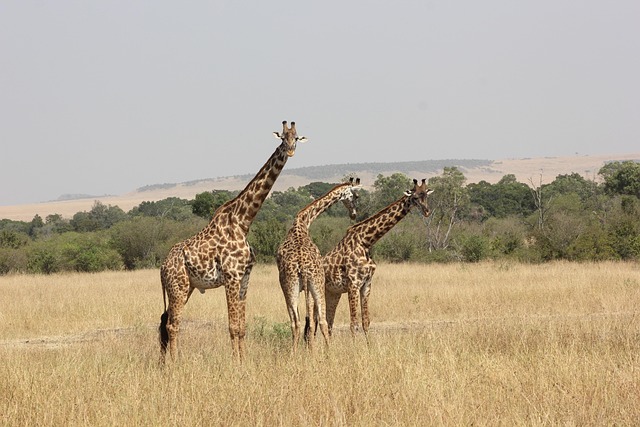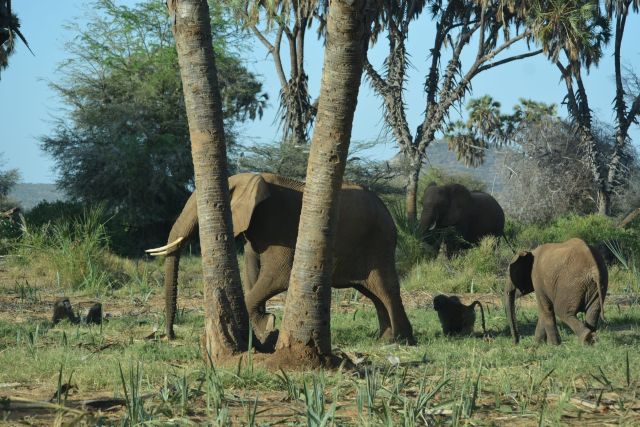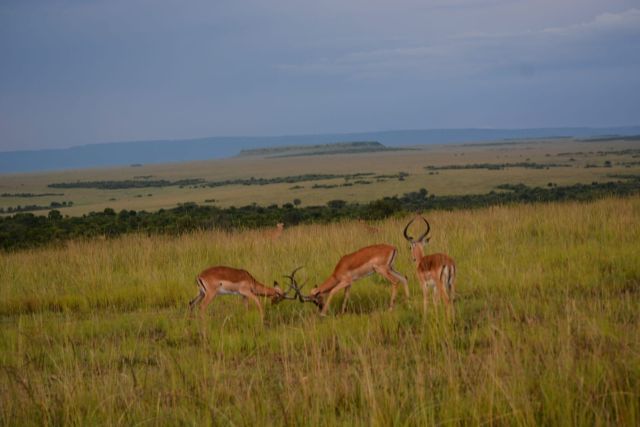- 76
- 18
- 45
- 27
- 12
- 48
- 12
- 69
- 12
- 11
- 19
- 28
- 12
- 6
- 19
- 13
- 122
- 2
- 34
- 7
- 7
- 13
- 2
- 65
- 8
- 9
- 51
- 74
- 27
- 8
- 7
- 4
- 6
- 5
- 7
- 5
- 62
- 11
Amboseli National Park
Discover Amboseli National Park: Iconic Safari with Kilimanjaro Views 2025/2026
Looking for a safari where elephants roam freely beneath snow-capped peaks? Welcome to Amboseli National Park, Kenya’s most iconic landscape, where Africa’s giants meet the majestic Mount Kilimanjaro.
Known for its vast herds of elephants and dramatic scenery, Amboseli safaris offer unmatched photo opportunities and year-round game viewing. Travelers can witness the Big Five, flocks of flamingos, and vibrant Maasai culture in just one park.
🚙 Choose from our Kenya safari packages or design a custom tour that combines Amboseli with Masai Mara or Lake Naivasha. Whether you want a quick 3-day escape or a full 10-day journey, our Amboseli National Park tours in 2025/2026 are fully flexible and expertly guided.
📅 Best time to visit Amboseli? From June to October for dry-season game viewing, or January to February when Kilimanjaro is clearest.
Enjoy scenic sundowners, eco-lodges, and walking safaris, all tailored to give you an unforgettable African adventure.
Combine Amboseli with Masai Mara safari tours for a complete wildlife experience.
Start Planning Your Amboseli Safari Now »
Learn more via the Kenya Wildlife Service – Amboseli
Explore Our Kenya Safari Tour Holiday 2025/2026/2027
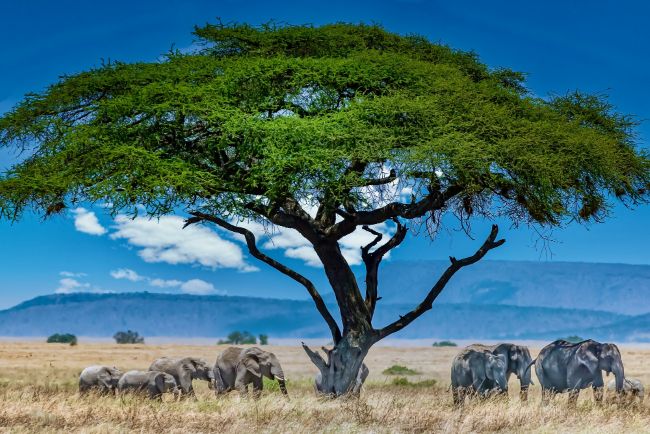
- Jan
- Feb
- Mar
- Apr
- May
- Jun
- Jul
- Aug
- Sep
- Oct
- Nov
- Dec
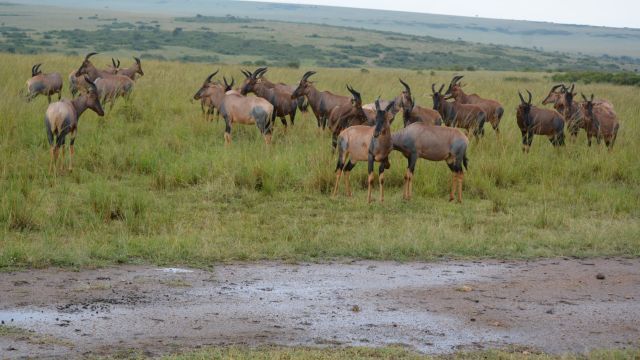
- Jan
- Feb
- Mar
- Apr
- May
- Jun
- Jul
- Aug
- Sep
- Oct
- Nov
- Dec
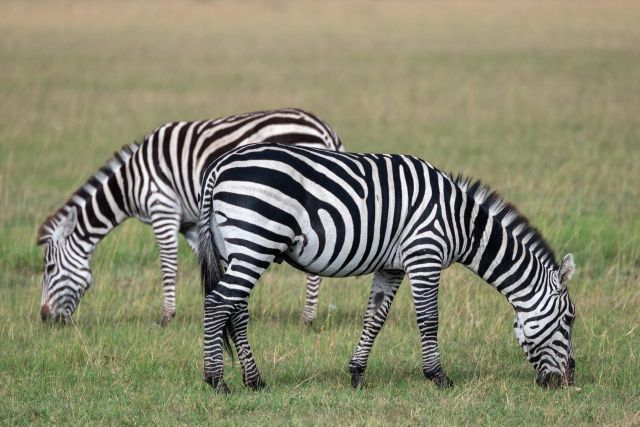
- Jan
- Feb
- Mar
- Apr
- May
- Jun
- Jul
- Aug
- Sep
- Oct
- Nov
- Dec
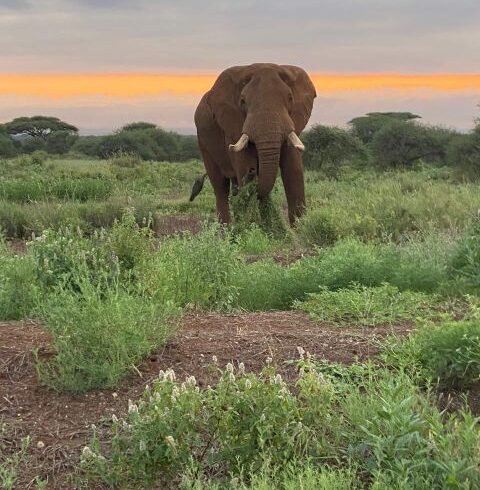
- Jan
- Feb
- Mar
- Apr
- May
- Jun
- Jul
- Aug
- Sep
- Oct
- Nov
- Dec
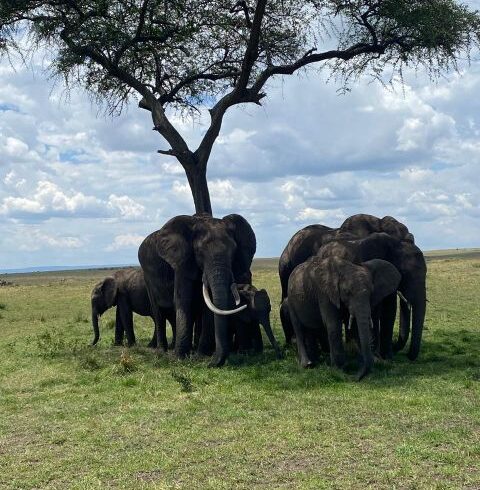
- Jan
- Feb
- Mar
- Apr
- May
- Jun
- Jul
- Aug
- Sep
- Oct
- Nov
- Dec
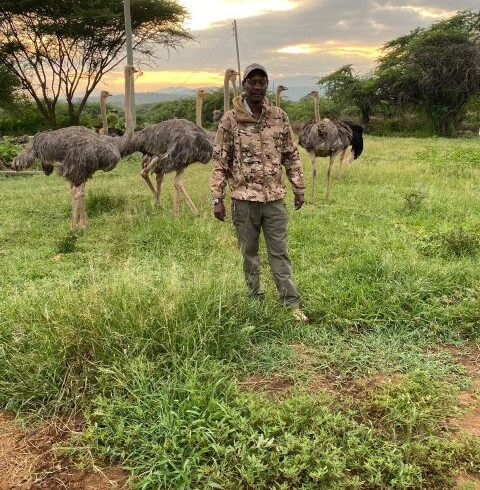
- Jan
- Feb
- Mar
- Apr
- May
- Jun
- Jul
- Aug
- Sep
- Oct
- Nov
- Dec
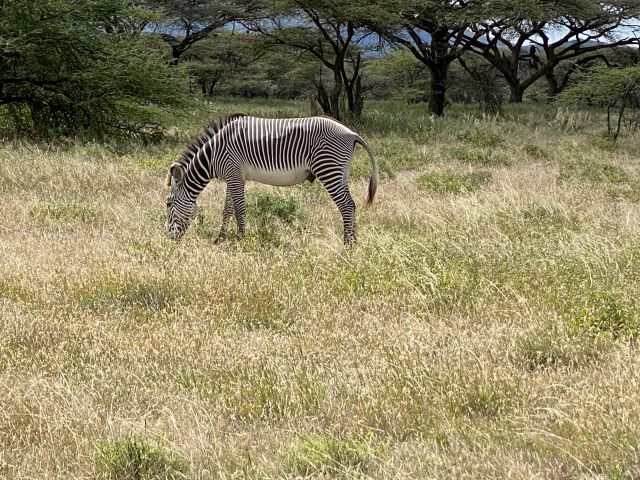
- Jan
- Feb
- Mar
- Apr
- May
- Jun
- Jul
- Aug
- Sep
- Oct
- Nov
- Dec

